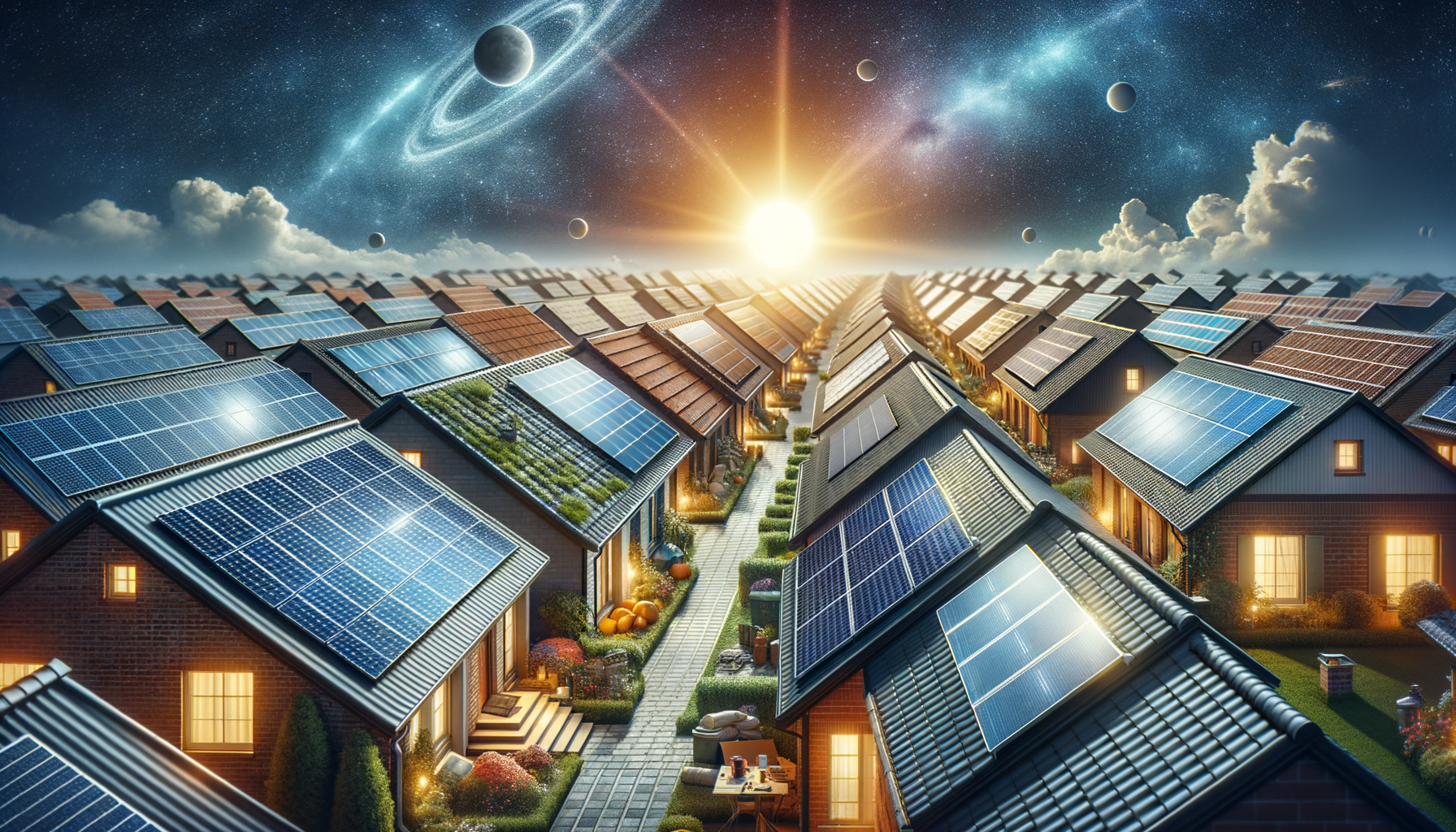
What Roof Material Compatibility Means For Solar
Introduction to Roof Material and Solar Compatibility
As the world increasingly turns to renewable energy sources, solar technology has become a pivotal player in reducing carbon footprints and promoting sustainable living. However, the efficiency and effectiveness of solar panels can be significantly influenced by the type of roof material they are installed on. Understanding the compatibility between roof materials and solar panels is crucial for maximizing energy output and ensuring long-term sustainability. This article delves into the various roof materials available and their compatibility with solar technology, helping homeowners make informed decisions.
Metal Roofs: A Solar-Friendly Option
Metal roofs are often touted as one of the top options for solar panel installations. Their durability and longevity make them a preferred choice for many homeowners. Metal roofs are highly reflective, which can enhance the efficiency of solar panels by keeping the roof surface cooler and thereby reducing the heat absorbed by the panels. This results in better energy conversion rates.
Additionally, the installation process on metal roofs is relatively straightforward. The panels can be mounted using clamps, eliminating the need for drilling holes, which can compromise the roof’s integrity. This not only preserves the roof but also reduces installation costs and time. Metal roofs come in various styles and finishes, offering aesthetic flexibility without sacrificing functionality.
Moreover, metal roofs have a lifespan of 40 to 70 years, which aligns well with the lifespan of solar panels, ensuring that both systems can be replaced or upgraded simultaneously. This synchronicity in lifespan helps in planning long-term investments in renewable energy solutions.
Asphalt Shingles: A Conventional Choice
Asphalt shingles are among the most common roofing materials due to their affordability and ease of installation. However, when it comes to solar panel installation, there are several factors to consider. While asphalt shingles are compatible with solar technology, they may not offer the same level of efficiency as metal roofs.
The darker color of asphalt shingles can lead to higher heat absorption, which may affect the performance of solar panels. However, advancements in solar technology have made it possible to mitigate some of these issues. For instance, using high-efficiency panels can help offset the heat absorption problem.
When installing solar panels on asphalt shingles, care must be taken to ensure proper sealing around the mounting points to prevent leaks and potential damage. While asphalt shingles may not be the most efficient option, they remain a viable choice for many homeowners due to their cost-effectiveness and widespread availability.
Tile Roofs: Aesthetic Appeal Meets Functionality
Tile roofs, made from materials such as clay or concrete, offer a distinct aesthetic appeal and are known for their durability. They can be among the best choices for solar panel installation, provided the roof structure can support the additional weight of the tiles and panels.
The installation process on tile roofs can be more complex, requiring specialized mounting systems to prevent damage to the tiles. However, once installed, the combination of tile roofs and solar panels can provide excellent energy efficiency and a long-lasting solution.
Tile roofs are also fire-resistant and environmentally friendly, making them a sustainable choice for eco-conscious homeowners. The longevity of tile roofs, often 50 years or more, complements the lifespan of solar panels, ensuring a cohesive energy solution.
Conclusion: Choosing the Right Roof Material for Solar Panels
When considering solar panel installation, the choice of roof material plays a crucial role in the overall efficiency and cost-effectiveness of the system. Metal roofs stand out as a highly efficient and durable option, while asphalt shingles offer a cost-effective and widely available solution. Tile roofs, with their aesthetic appeal and functionality, provide another viable choice for homeowners.
Ultimately, the decision should be based on a combination of factors, including budget, aesthetic preference, and long-term energy goals. By carefully evaluating the compatibility of roof materials with solar technology, homeowners can make informed decisions that promote sustainability and energy efficiency.


